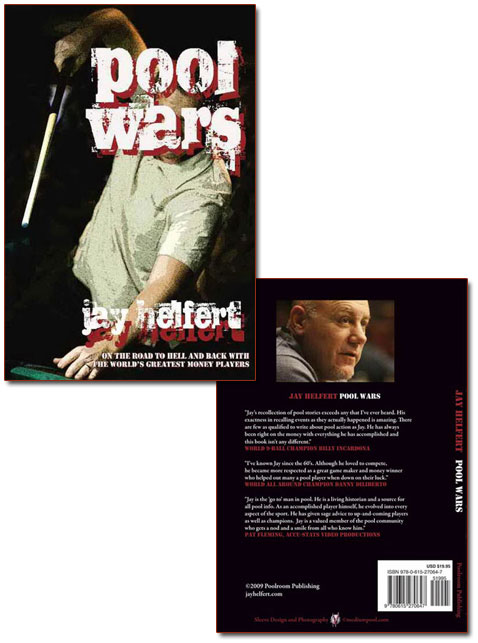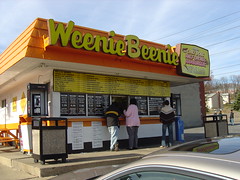Is pool's long association with gambling good for the sport or bad? That was the poll question I asked several months ago as part of an earlier essay I contributed to the Pool Synergy project. I had found then that there were strong opinions on the subject, both pro and con.
 For instance John Biddle, the Pool Synergy founder, believes gambling is bad for the sport. "Pool has a very active gambling culture that harms the sport and many of its players, limits it audience and turns off potential sponsors," he wrote in an essay, which you can read here.
For instance John Biddle, the Pool Synergy founder, believes gambling is bad for the sport. "Pool has a very active gambling culture that harms the sport and many of its players, limits it audience and turns off potential sponsors," he wrote in an essay, which you can read here.
But Justin Collett, founder of The Action Report, praises the drama of one-on-one action — especially if it features top players. "It really is no secret it is as old as time —people want the drama of a contest," says Mr. Collett.
So what do readers of this blog feel? Acording to my unscientific poll, a bit fewer than half believe that pool's association with gambling is both good AND bad. That is, 53 of the 111 online respondents — or 47 percent — described gambling as a "mixed bag."
However it was the gambling-is-good contingent who prevailed among those who came down forcefully one way or the other. Among the overall respondents, 34 percent said gambling is "great" for the sport. Those who said it was "awful" amounted to just 10 percent.
Looking at the raw numbers, we find that 38 people said gambling is great for the sport, while just 12 said it it's awful. That's a more than 3-1 margin for those who support the sport's association with gambling, as opposed to those who think gambling is awful.
One other note. Almost everyone believes that gambling has some sort of impact. Of all respondents, only 7 percent said gambling has no effect whatsoever on the sport.
-- R.A. Dyer
 For instance John Biddle, the Pool Synergy founder, believes gambling is bad for the sport. "Pool has a very active gambling culture that harms the sport and many of its players, limits it audience and turns off potential sponsors," he wrote in an essay, which you can read here.
For instance John Biddle, the Pool Synergy founder, believes gambling is bad for the sport. "Pool has a very active gambling culture that harms the sport and many of its players, limits it audience and turns off potential sponsors," he wrote in an essay, which you can read here.But Justin Collett, founder of The Action Report, praises the drama of one-on-one action — especially if it features top players. "It really is no secret it is as old as time —people want the drama of a contest," says Mr. Collett.
So what do readers of this blog feel? Acording to my unscientific poll, a bit fewer than half believe that pool's association with gambling is both good AND bad. That is, 53 of the 111 online respondents — or 47 percent — described gambling as a "mixed bag."
However it was the gambling-is-good contingent who prevailed among those who came down forcefully one way or the other. Among the overall respondents, 34 percent said gambling is "great" for the sport. Those who said it was "awful" amounted to just 10 percent.
Looking at the raw numbers, we find that 38 people said gambling is great for the sport, while just 12 said it it's awful. That's a more than 3-1 margin for those who support the sport's association with gambling, as opposed to those who think gambling is awful.
One other note. Almost everyone believes that gambling has some sort of impact. Of all respondents, only 7 percent said gambling has no effect whatsoever on the sport.
-- R.A. Dyer












